Trending
Architecture’s final frontier: Here’s what houses on Mars might look like
NASA's 3D-Printed Habitat Challenge, started in 2015, wraps up next month
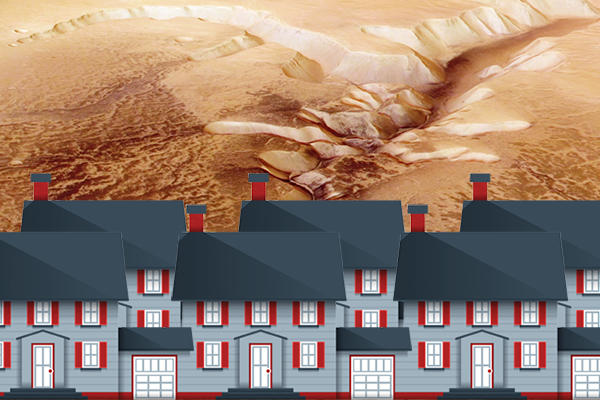
The most Earth-like planet in the solar system, Mars has always looked like an obvious choice for future human colonization. But what would houses on Mars actually look like?
A NASA-sponsored contest, called the 3D-Printed Habitat Challenge, seeks to answer that question. Launched in 2015, the contest’s third and final phase is set to wrap up next month.
Though the premise is literally out of this world, technology developed for outer-space living often has more terrestrial applications, too. NASA-inspired tech has been used to solve all sorts of problems for buildings here on planet Earth from stymieing the sway of buildings to controlling carbon dioxide levels in offices.
Here’s a look at some of the more intriguing Mars-living proposals from that competition and elsewhere, according to the Wall Street Journal. [WSJ] — Kevin Sun
Team Zopherus
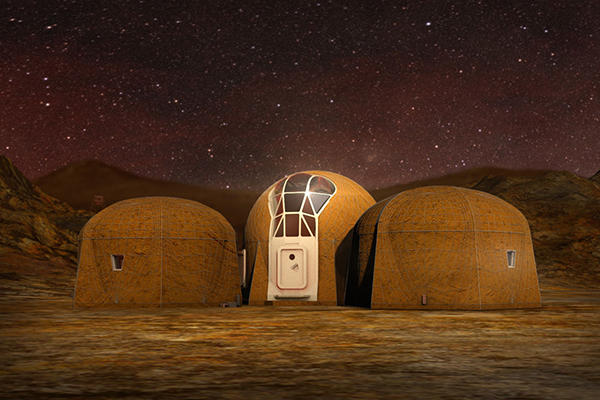
(Credit: Team Zopherus)
In a design that came in second in the competition’s latest level, Team Zopherus from Rogers, Arkansas envisioned a structure composed of hexagonal modules, which can be expanded by printing and attaching more pieces. “We wanted to make sure the astronauts had an area that was private, that was their own personal space,” the team’s lead architect Trey Lane said.
AI SpaceFactory
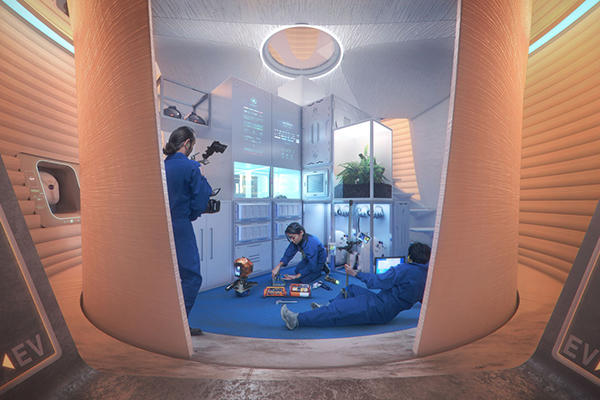
(Credit: AI SpaceFactory)
New York-based, tech-focused architecture firm AI SpaceFactory proposed a multilevel cylindrical building with an outer protective shell and an interior living space. This design came second in the seal test stage stage of the NASA challenge, which tests the durability of the structures under high pressure and extreme temperatures.
Bjarke Ingels
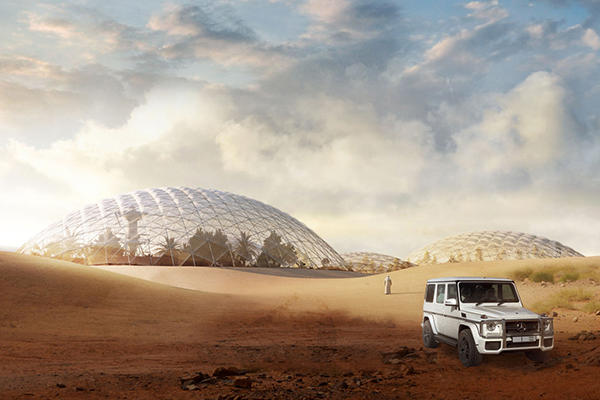
(Credit: Bjarke Ingels Group)
Though not officially participating in NASA’s competition, architect Bjarke Ingels and his firm are building an entire city in the Emirati desert to simulate life on the Red Planet. The project, dubbed Mars Science City, is being built in cooperation with the local government and, when complete, a team of researchers will live in the domes for a year.
Foster + Partners
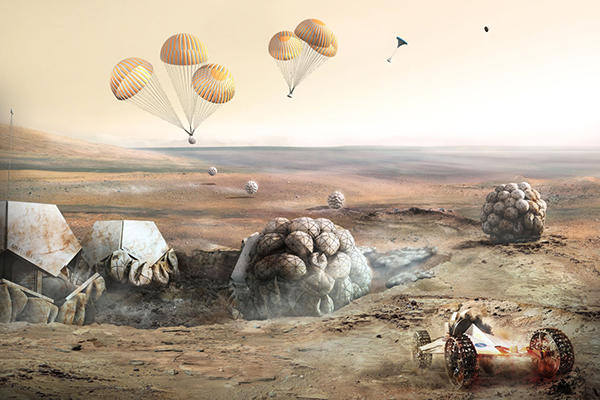
(Credit: Foster + Partners)
Architecture firm Foster + Partners, who participated in the first two phases of NASA’s challenge, proposes a simple solution to the problem of radiation: build a big, beautiful 3D-printed wall made out with the planet’s soil. Underneath the wall, inflatable modules will be connected by air-locked passageways.




